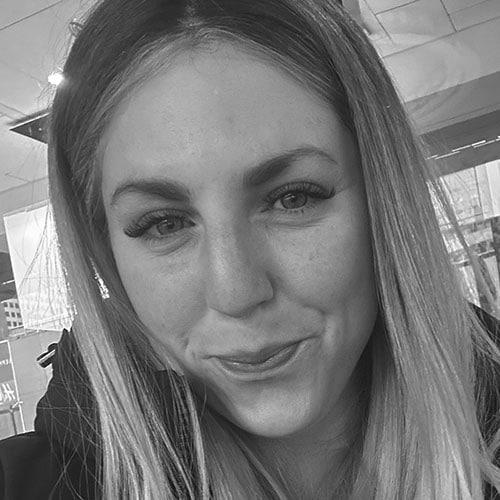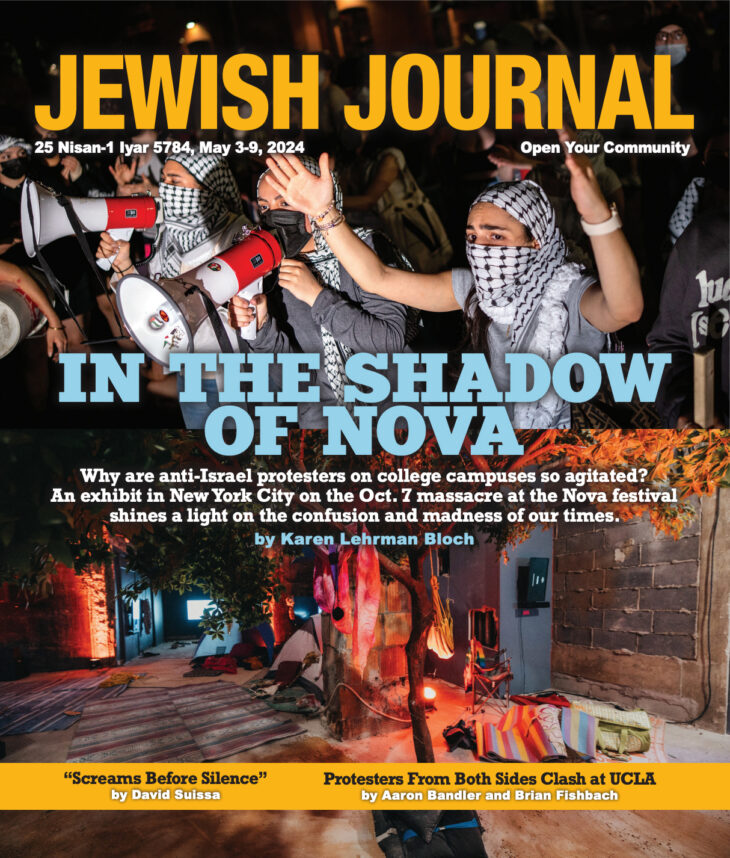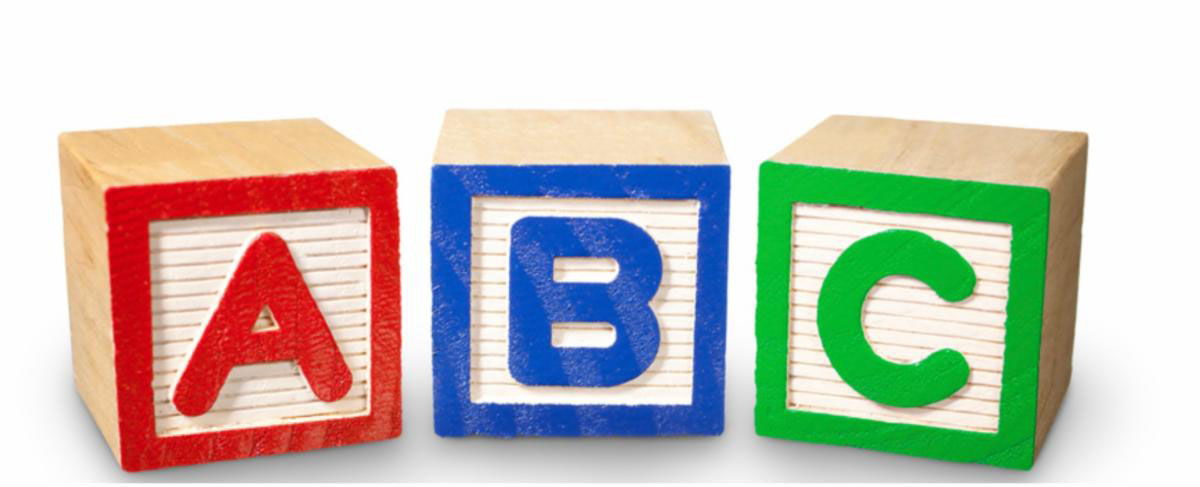For Orthodox girls and women, dance lessons aren’t as easy as learning a plié here and a relevé there. Classes might be mixed-gender, the outfits aren’t always modest, performances can take place on Shabbat and the music may be suggestive.
Growing up in an observant family in Atlanta, those were always constraints for Sheila Asher Meyer.
“My mother signed me up for dance when I was 5,” she said. “But we were Orthodox and I didn’t have the same opportunities.”
Meyer, 38, who now lives in the La Brea neighborhood of Los Angeles, wanted other frum girls and women to be able to experience the power of dance. So, 13 years ago, she opened A Time for Dance, an 1,800-square-foot studio on Beverly Boulevard, where she provides ballet, pointe, tap, Middle Eastern dance, Zumba, and jazz classes for girls and women. The students also put on performances as a culmination of everything they’ve learned.
“It’s an opportunity that they wouldn’t have otherwise because they wouldn’t fully be able to participate in a dance program,” said Meyer, who has three daughters and who started by teaching a class for her daughter and her friends. “We provide an exposure to the arts and it opens up a whole new world for them.”
A Time for Dance, which serves between 150 and 200 girls and women annually, also offers classes in gymnastics, singing and yoga.
Kids’ classes (ages 2-16) are held in three sessions throughout the year: September through December, January through March, and April through June. There’s also a fine arts summer camp that runs for seven weeks. Though most classes are hosted in the La Brea location, Meyer travels to North Hollywood and Pico-Robertson for additional group lessons.
There also is an annual musical for girls that takes place in June. This year, it was “Aladdin,” and past shows have included “Neverland” and “Alice in Wonderland.”
To ensure that it’s “kosher,” Meyer will take out anything questionable from the script — like the romantic relationship between Aladdin and Jasmine — and make sure all the costumes are appropriately modest, or tzeniut. The musical is held on three different dates for the various age groups, and men are allowed to attend the performance by the youngest group only; the shows for girls ages 7-12 and 13-16 are only for women.
The strictly female rule goes for the women’s productions, as well. In 2011, there was a performance of “The Crown of Creation,” an interpretive dance about the women of the Tanakh. The most recent one, held in 2012, was a full-length original ballet called “The Spirit of Shabbos.” Julia Berger played the Shabbos Queen and danced alongside her daughter Aliza Sebban, who was 9 at the time.
“There is a very strong feeling of women sharing creativity and expressing themselves,” Berger said of A Time for Dance.
Now 13, Berger’s daughter is taking hip-hop lessons at the school. The classes are taught by backup dancers for Jason Derulo and Rihanna, but the moves of those artists aren’t taught if they’re not modest.
“I love the fact that young girls, especially the ones learning hip-hop, get to revel in the creative aspect and not in the exhibitionist aspect,” Berger said.
“Hip-hop culture isn’t necessarily in sync with strong Jewish values,” she continued. “The girls get to learn dance moves and enjoy the rhythm of the music without any words or messaging that’s inappropriate. It’s a really wholesome environment and it encourages all the great things about dance.”
Karen Fishof, whose 9-year-old daughter has taken drama, tap and ballet classes and was Iago in the production of “Aladdin,” said the performance on a nearby school stage was a confidence booster and a great way to learn public speaking.
“She absolutely blossomed and loved it,” Fishof said. “The girls feel very professional because they get miked up by professional companies and have tech rehearsals, and they’re on a real stage.”
Meyer said she teaches individuals who range from Modern Orthodox to Chassidic and live in various neighborhoods across Los Angeles.
“It’s really nice to see all the community come together,” she said. “There are students from the city, the Valley, and all different types of schools.”
Meyer said her studio offers an important outlet for frum girls, who often don’t have much time to themselves in general.
“They’re in school all day, then they go home and help out, and then they have Shabbos. Life is busy with other pressures,” she said. “At my studio, they have an opportunity to develop another side of them. They may not love school, but they thrive in the dance studio.”






















 More news and opinions than at a Shabbat dinner, right in your inbox.
More news and opinions than at a Shabbat dinner, right in your inbox.